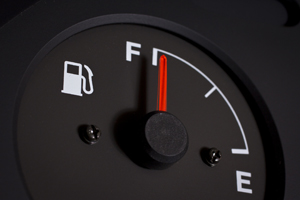ANL Container Line has recently announced a rule change that will categorise anything with an internal combustion engine (car, motorbike, lawn mowers, etc.) as hazardous cargo. The new regulation came into force on 1 January, 2012.
 The announcement says that “Articles with an internal combustion engine will fall within the scope of the IMDG Code and must be notified to carriers as dangerous goods, UN 3166, Class 9.
The announcement says that “Articles with an internal combustion engine will fall within the scope of the IMDG Code and must be notified to carriers as dangerous goods, UN 3166, Class 9.
UN 3166 can apply to a wide range of articles including cars, vehicles, plant, boats and any equipment with an internal combustion engine that has either a connected battery or fuel tank containing flammable liquid (petrol or diesel) or flammable gas such as propane.”
Customers are reminded that any article that now falls within the provision of UN3166 will need to be declared as hazardous cargo at the time of booking and appropriate dangerous goods declarations and documentation will be required to be furnished to ANL. Special Provision 961 describes technical measures that can be taken to neutralise the hazard of fuel and batteries and allow the articles to be consigned as non-hazardous, but that involves isolating the battery and removing the fuel from the tanks which may be technically difficult to achieve in many cases.
Although the advice to The Mover came from ANL, shippers should check with their shipping lines as the change is likely to be universal.
Larry Philips from Hellas Europe Australia said that the change would directly affect moving companies. “Movers will have to pay extra charges as shipments will be declared as Dangerous Goods, as such this will have to be taken into account, some lines are even doing this when shipping lawn mowers,” he explained. “We will have to declare the item with a motor being shipped and where as before we could state that the tank was drained and the battery disconnected the lines are now stating that the engine is still dangerous goods so we will have to pay more freight. This also means DG stickers need to be affixed to the container so there may be higher port fees, cartage costs, etc.”